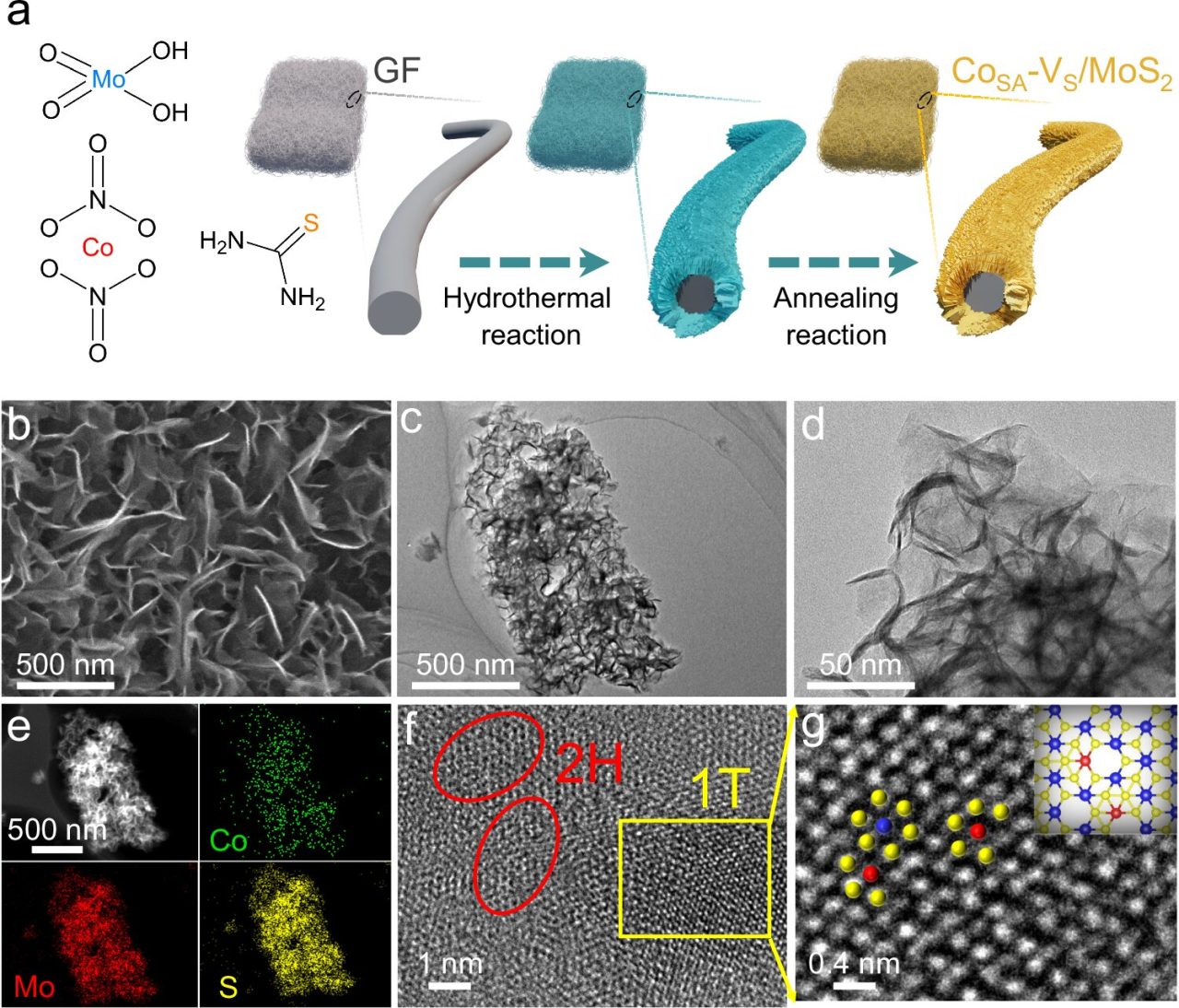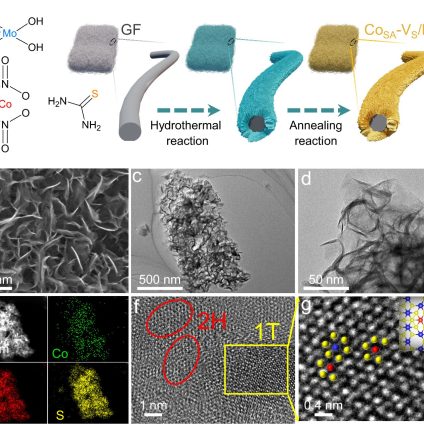A new catalytic electrode boosts polysulfide/iodide flow battery efficiency to 87.9%, marking a key step in sustainable energy storage

A catalytic boost for polysulfide/iodide flow batteries
A team of scientists has developed a new catalytic electrode that significantly improves charge and discharge cycles in polysulfide/iodide flow batteries by accelerating the redox conversion of sulfide/polysulfide and iodide/triiodide pairs.
Beyond vanadium: affordable redox pairs gain traction
Flow batteries aren’t limited to vanadium. Redox pairs like sulfide/polysulfide and iodide/triiodide offer cost-effective alternatives thanks to the abundance and low price of sulfur and iodine. That’s why, in 2017, researchers introduced the first polysulfide/iodide flow battery. It delivered a peak power density of 65 mW/cm², stable cycling over 200 cycles (roughly 530 hours), and a stabilized energy efficiency of about 50%.
While these numbers fell short in performance, the potential for drastically reduced costs made the technology attractive—especially if energy performance could be improved. That challenge was taken up by a team of chemists and engineers from Guangxi University. Their solution: a new catalytic electrode that enhances key performance indicators from power density to efficiency and operational life.
Tackling the core challenges
The Chinese researchers focused on a well-known bottleneck in flow battery design: the sluggish, multi-step charge-transfer reactions at the electrode interface of sulfide/polysulfide and iodide/triiodide redox pairs. These reactions generate high polarization resistance and poor kinetic reversibility. As a result, flow batteries experience slow adsorption, limited cycle life, and reduced energy efficiency.
The electrode innovation
To overcome this, the team engineered a new cathode based on a 2D MoS₂ nanosheet doped with cobalt atoms and engineered sulfur vacancies. This unique material enhances interfacial activity, improves reactant adsorption, and speeds up redox conversion rates.
The results: higher efficiency and longer life
Tests showed the new catalytic electrode enabled polysulfide/iodide flow batteries to reach 87.9% energy efficiency at a current density of 20 mA/cm². The battery also achieved a peak power density of 95.7 mW/cm² and an energy efficiency of 76.5% at 30 mA/cm² over 50 cycles. Even at a lower current of 10 mA/cm², the system operated stably at 10% state of charge for up to 850 cycles.
The findings were published in Nature Communications, highlighting a promising step toward low-cost, high-efficiency flow battery technology for long-duration energy storage.












